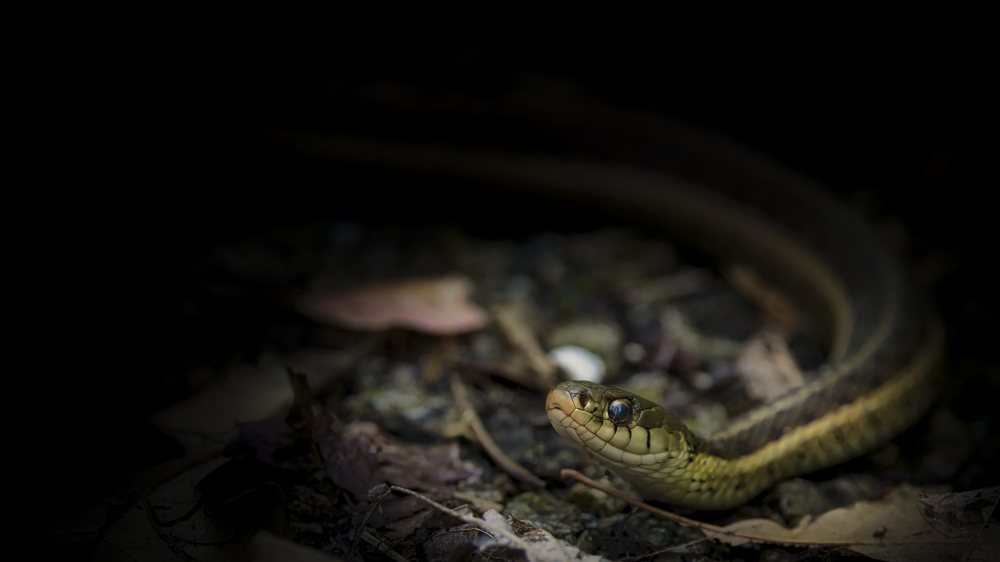
Gray Catbird
(Dumetella carolinensis)
The catbird refers to a group of medium-sized passerine birds belonging to the family Mimidae. The term "catbird" is commonly used to describe the Gray Catbird (Dumetella carolinensis), a species native to North America. However, it can also refer to other species within the same family, such as the Black Catbird (Melanoptila glabrirostris) found in Mexico and Central America.
The Gray Catbird is named for its distinct cat-like vocalizations, which include mewing sounds, as well as its ability to mimic the calls of other bird species. With a slender build and a slate-gray plumage, the Gray Catbird has a small black cap on its head and a patch of chestnut feathers underneath its tail. It also has a slender, slightly curved black bill.
Known for their secretive nature, catbirds are often heard more than they are seen. They are skilled songsters and can produce a wide variety of melodic and complex songs, combining both original phrases and imitations of other bird calls. They are also known for their ability to mimic the sounds of other animals, such as frogs and insects.
Catbirds are primarily insectivorous but will also eat fruits and berries, especially during the breeding season. They can be found in a variety of habitats, including woodland edges, thickets, and gardens. They are migratory birds, spending the breeding season in North America and wintering in Central America or the Caribbean.
These birds are monogamous and build cup-shaped nests in dense vegetation, usually within shrubs or small trees. They lay around 2-6 eggs per clutch and both parents participate in incubating the eggs and caring for the young.
The catbird's adaptability, vocal prowess, and elusive nature make it a fascinating and charming bird to observe and listen to in its natural habitat.
